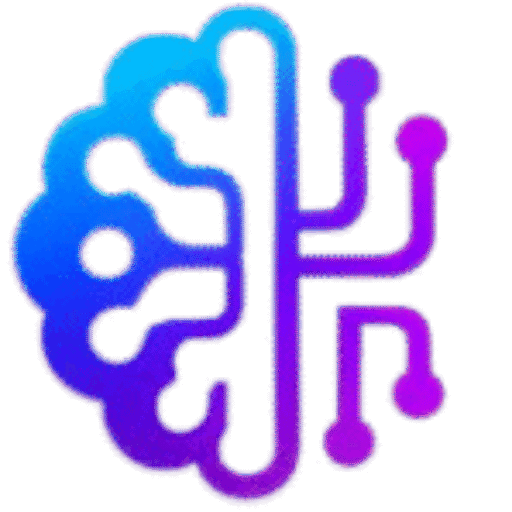How to Generate AI-Based Case Studies for Design Pitches
Introduction
In today’s competitive design industry, a strong case study can make the difference between winning and losing a pitch. A well-crafted case study not only shows your creative process but also proves your ability to solve real-world problems for clients.
Traditionally, building case studies required hours of writing, data gathering, and designing visuals. But now, artificial intelligence (AI) has changed the game—helping designers produce professional, visually engaging, and persuasive case studies in a fraction of the time.
In this guide, we’ll explore how to use the best AI tool for product designers to generate powerful case studies for your design pitches. We’ll cover step-by-step processes, tools to consider, SEO tips, and real-world examples.
What is a case study in product design?
A case study is a detailed account of a completed project that outlines:
- The problem or challenge
- The design process you followed
- The solution you delivered
- The results achieved
In the context of product design, case studies often include:
- Market research insights
- Wireframes and prototypes
- Final product visuals
- Data on usability and user engagement
These case studies are crucial for design pitches because they provide evidence of your expertise and build trust with potential clients or stakeholders.
Why AI is Transforming Case Study Creation
AI is revolutionizing the way designers approach case studies. Here’s how:
1. Faster Content Generation
Instead of spending hours writing, AI tools can generate initial drafts of your case study text in minutes.
2. Enhanced Visual Assets
AI can create mockups, infographics, and diagrams that make your case study visually appealing without relying entirely on manual design.
3. Data-Driven Insights
AI can analyze market trends, usability feedback, and analytics to help you present stronger arguments in your case study.
4. Consistency in Branding
Using AI ensures that tone, color schemes, and style remain consistent across all case studies, enhancing your brand image.
Benefits of Using AI for Case Studies
Leveraging AI in your case study creation process offers several advantages:
- Time Efficiency: Reduce the time from concept to delivery by 60–80%.
- Cost-Effective: Cut down on hiring separate copywriters or graphic designers.
- Scalable: Create multiple case studies quickly for different projects.
- Engaging Storytelling: AI can help structure your content for maximum emotional impact.
Choosing the Best AI Tool for Product Designers
The market is full of AI tools, but choosing the right one is critical. When selecting the best AI tool for product designers, consider these factors:
- Ease of integration with your current workflow
- Ability to create both text and visuals
- Customization options
- Pricing and scalability
Here are some recommended tools:
- ChatGPT—Excellent for generating case study narratives and refining your storytelling.
- Midjourney or DALL·E—great for creating unique visuals and mockups.
- Canva Magic Studio—AI-assisted layouts for professional design presentations.
- Figma AI Plugins—For integrating AI into your design prototypes.
- Beautiful.ai—perfect for transforming case studies into pitch-ready slides.
Step-by-Step Guide to Creating AI-Based Case Studies
Step 1 – Define Your Case Study Objective
Decide what you want the case study to achieve. Is it to show your design process, highlight results, or showcase creativity? The AI output will be better if your objective is clear.
Step 2 – Collect Client & Project Data
Before feeding information into an AI tool, gather details like
- Project background
- Client goals
- Challenges faced
- Measurable outcomes
Step 3 – Generate Written Content with AI
Use tools like ChatGPT to create a structured draft that covers:
- Introduction & project overview
- Challenges & research process
- Design process & key decisions
- Final results & impact
Remember: always human-edit AI-generated text to ensure accuracy and personality.
Step 4 – Create Visual Assets with AI
Leverage AI-powered design tools to produce:
- Wireframe mockups
- Process diagrams
- Before-and-after comparisons
- Infographics of data results
Step 5 – Format the Case Study for Your Pitch
Choose the right format for your audience:
- PDF report
- Interactive web page
- Slide deck presentation
Step 6 – Review & Personalize
Even with AI’s help, personalization is key. Add:
- Your design philosophy
- Behind-the-scenes moments
- Lessons learned
Example: Before & After with AI
Before AI: A designer spends two weeks writing and designing a case study, often with inconsistent branding.
After AI: The same designer uses an AI tool to draft copy, generate visuals, and assemble the final document in under 48 hours.
Conclusion
AI has made it possible to create high-quality, visually appealing case studies faster and more efficiently than ever. By using the best AI tool for product designers, you can craft persuasive narratives that impress clients and win pitches—all while saving valuable time.
FAQs
Q1: What is the best AI tool for product designers for case studies?
A: Tools like ChatGPT, Midjourney, and Canva Magic Studio offer the perfect balance of writing, visuals, and presentation features.
Q2: Can AI create visuals for a case study?
A: Yes, AI tools can generate mockups, diagrams, and infographics tailored to your project.
Q3: How do I make AI-generated case studies unique?
A: Personalize them with real project stories, behind-the-scenes insights, and your design philosophy.
Q4: Can AI save time in case study preparation?
A: Absolutely—AI can reduce production time by up to 80%.
Q5: Is AI-generated content SEO-friendly?
A: Yes, if optimized with keywords, headings, and meta descriptions while maintaining natural readability.





